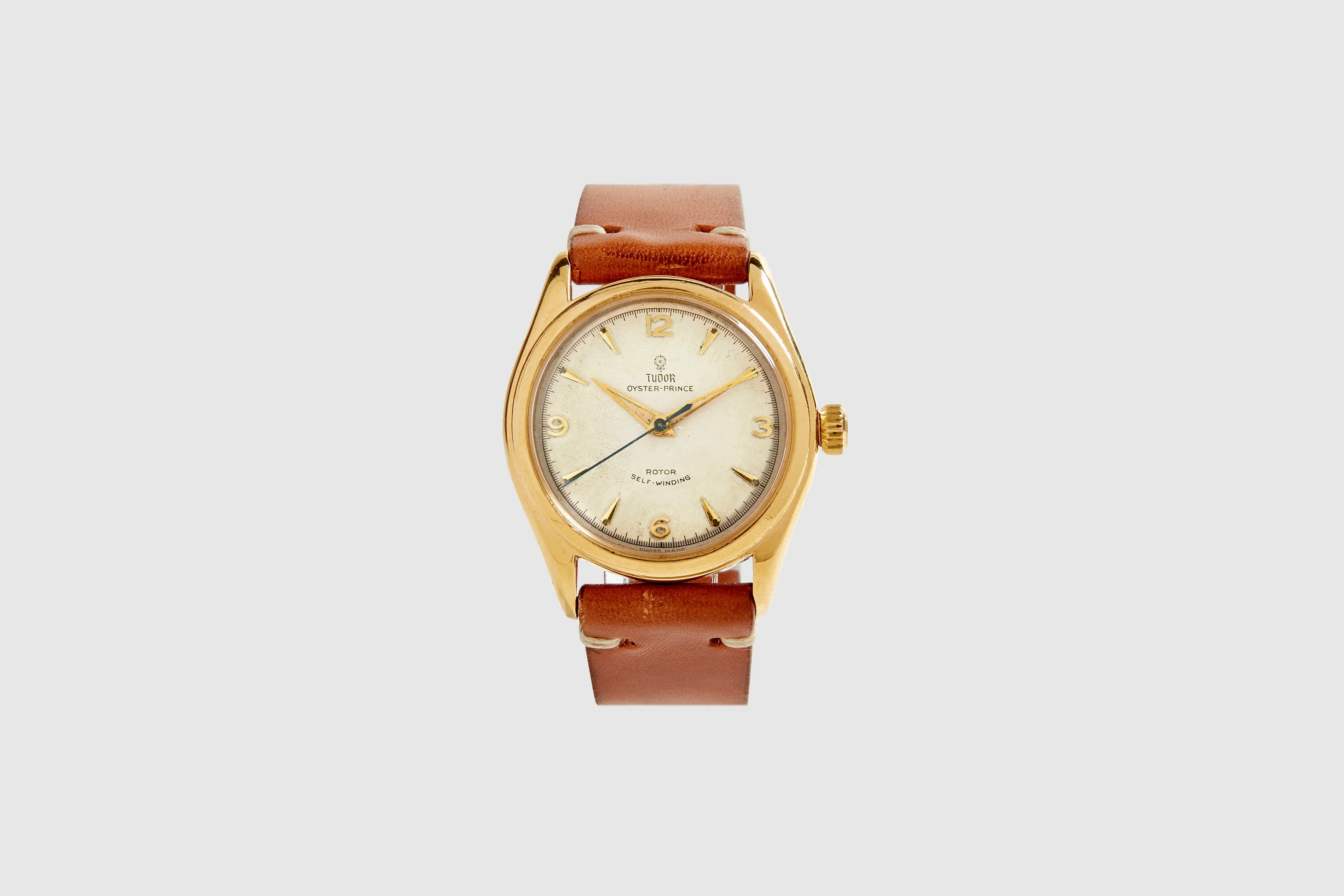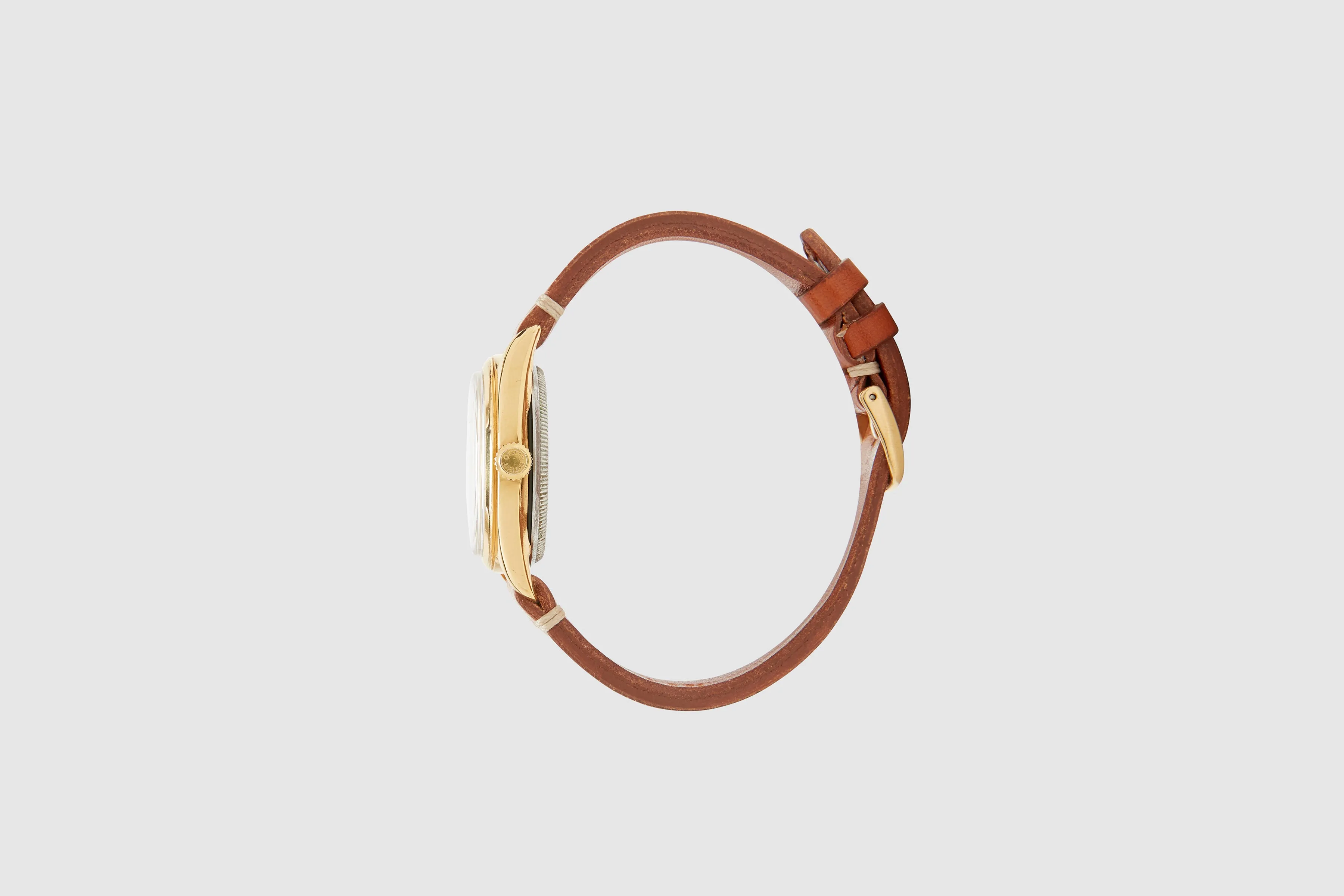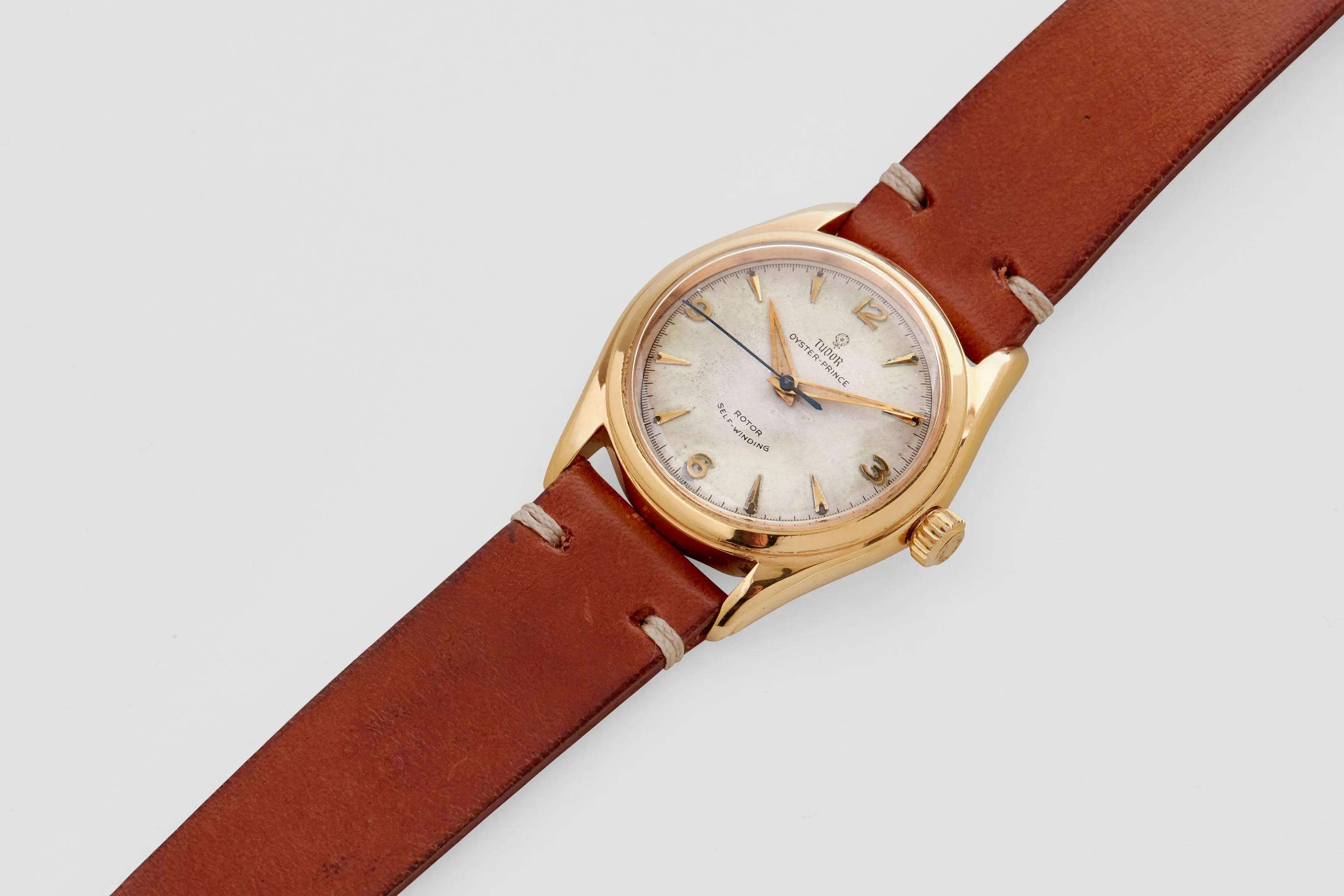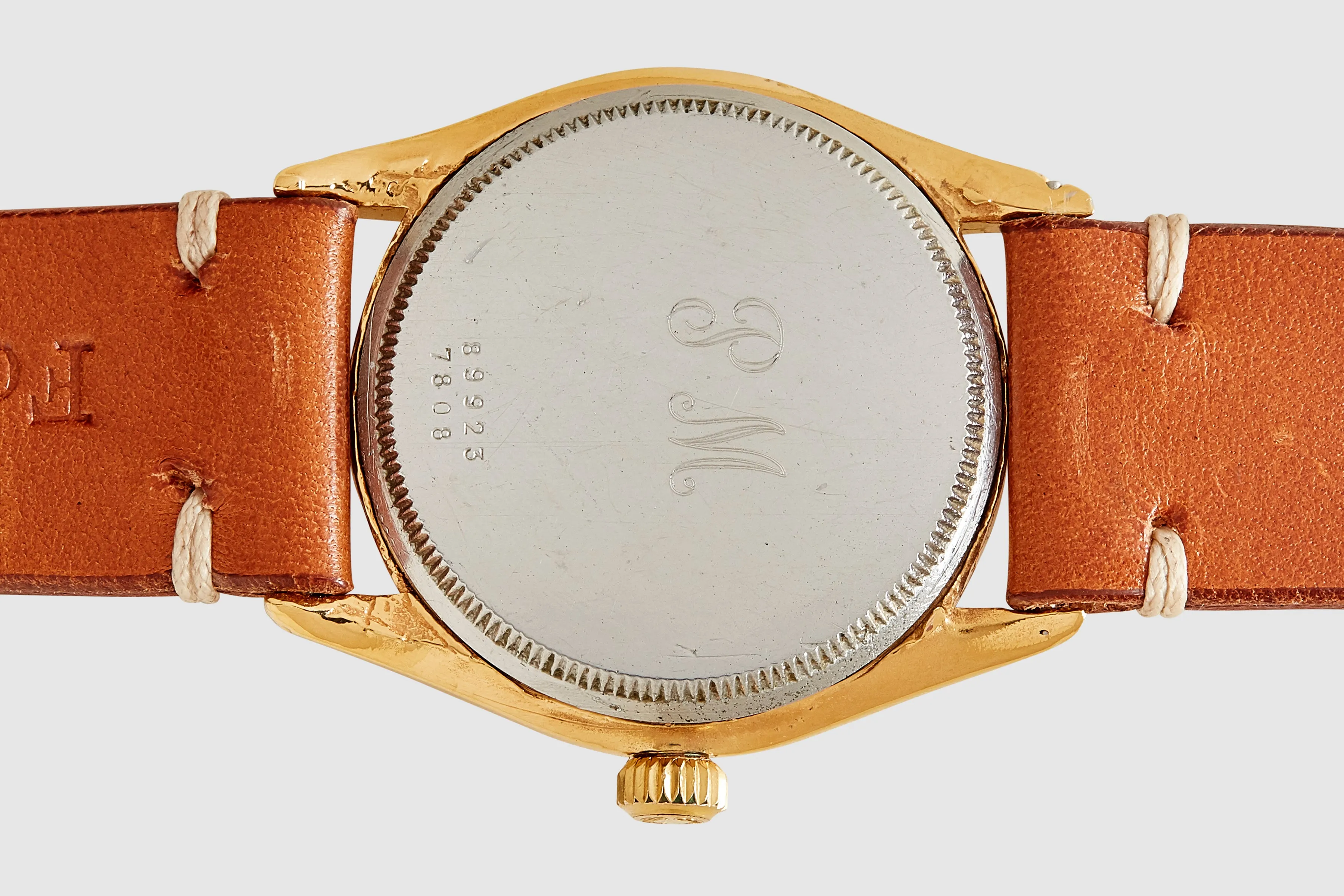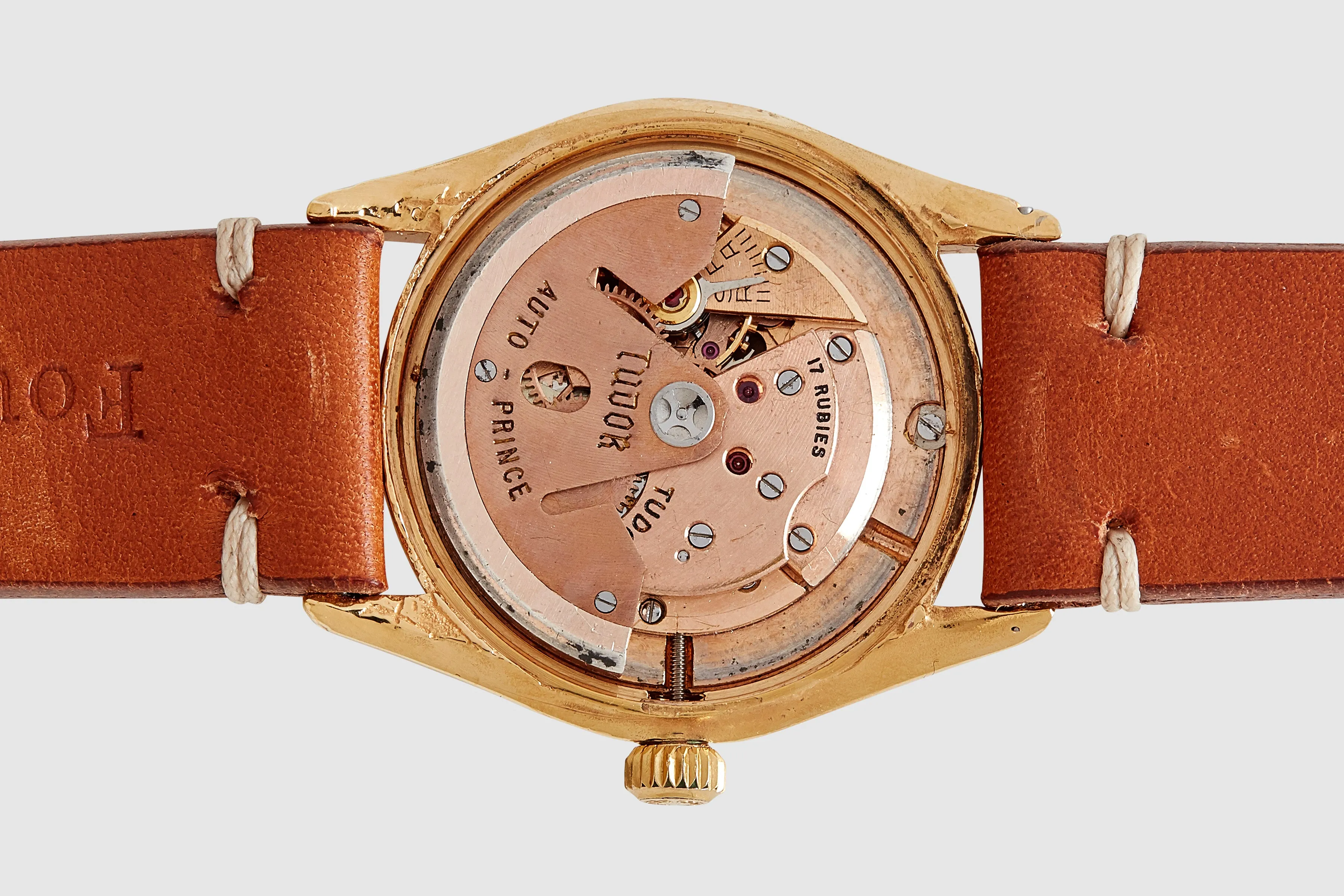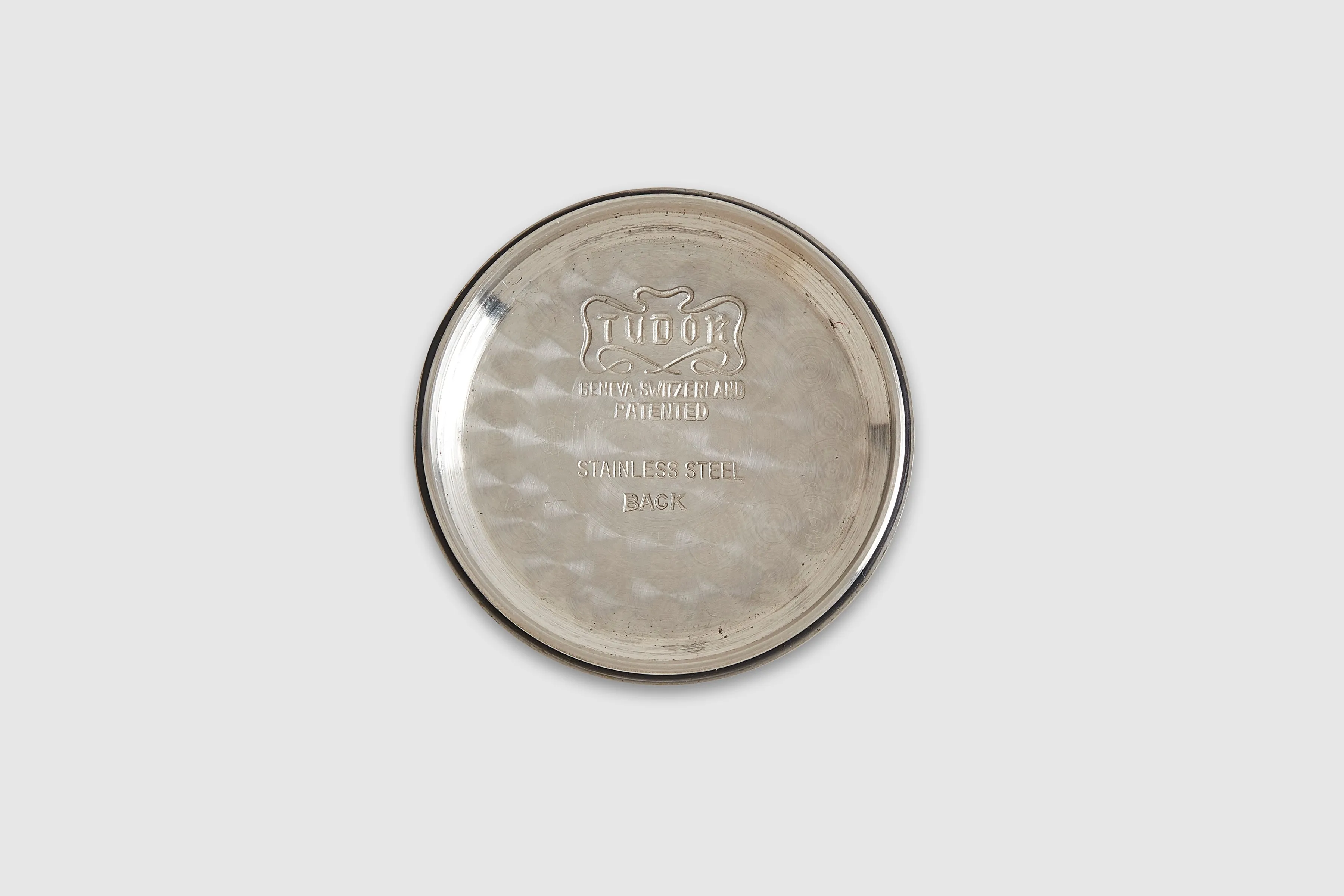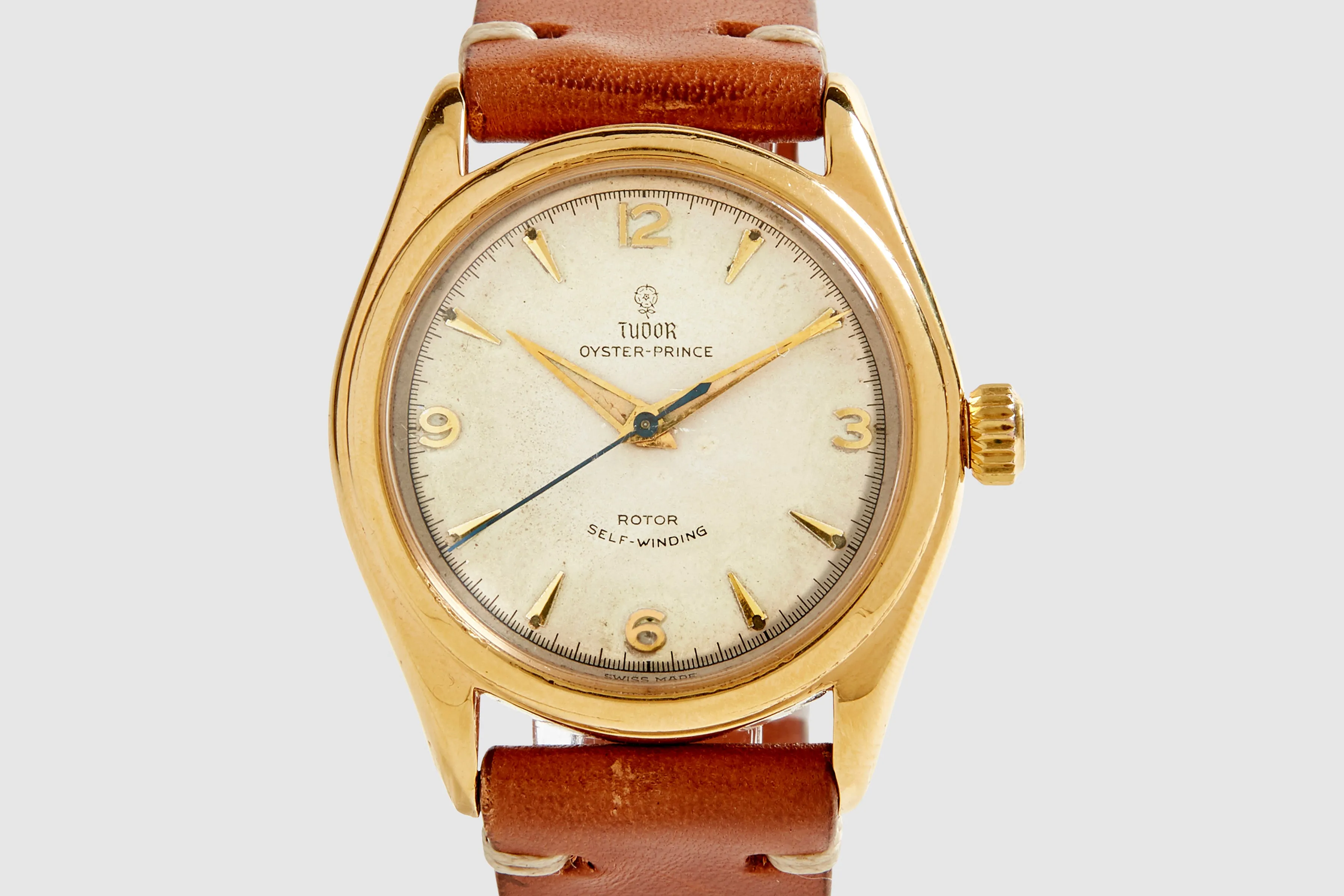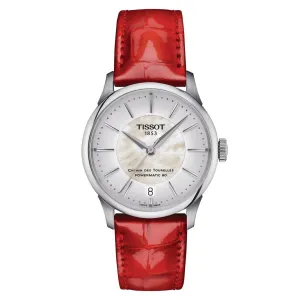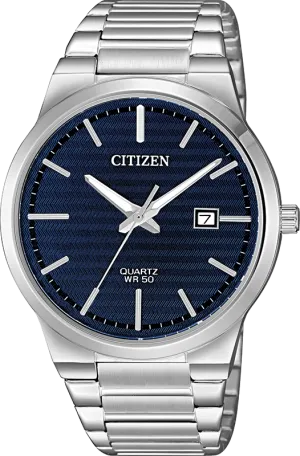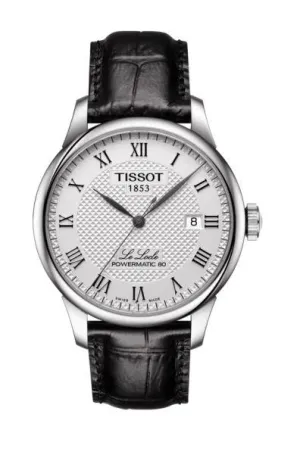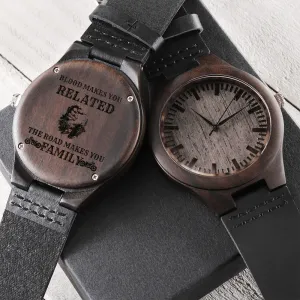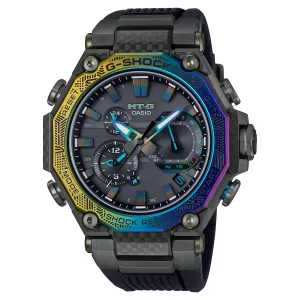A stainless steel backed, gold plated Tudor Oyster Prince model. This very handsome, and early Tudor comes from the pioneering and exciting days of both Tudor, and its parent brand; Rolex. This Tudor features the iconic font style, along with the early, very small Tudor Rose logo. The overall appearance of the dial of this watch is exceptional. It has everything one looks for from a vintage watch from the late 1940's/early 1950's; patina, original hands, original radium luminous material present in both hands and on the dial, and the blued steel center sweep. A detail that harks back to classic horological techniques.
The design of this watch is also rather important given what we know developed at Rolex in the early 1950's. The development of the Rolex Explorer, and its use in Sir Edmund Hillary, and Sherpa Tenzing ascent to the top of mount Everest in 1953. This dial contains some of the characteristics of the early watches that went both up the mountain, and that went on to become the Explorer we recognise today; the arrow head markers were present on Hillary's watch (obviously not signed Explorer at that point) seen on the reference 6098. The blue center sweep hand. The applied 12, 3, 6, 9 Arabic numerals to the dial, as seen on the 6298. The 12 would then disappear to make room for the large triangle, which provided much better visibility in that prominent position. All of these elements contributed to the eventual birth of the Explorer.
The watch is powered by the seventeen jewel caliber 390 automatic movement with beautiful butterfly rotor. This caliber was actually made by Rolex and based on the caliber 1530 movement. These movements were considered the best ever vintage calibers used in Tudor watches. This caliber was only produced for a short period of time, before the switch to ETA based ebauches occurred, which became the nrom going forward. The movement in its own right is rather valuable, as it is exactly the same as used in the Tudor Submariner gilt dial references from this period.
This watch is a wonderful part of the Tudor, and to some degree Rolex evolutionary tale. The gold plated case and steel back is a common production feature from this time, as there was a need to produce watches that gave the appearance of gold, without being solid gold, and also not needing to gold plate elements that were not to be seen once on the wrist. This was still very early days after the ravages of World War Two. The serial and model number on the watch are present still on the exterior case back of the watch, and were not engraved in between the lugs, as later became the case. There is also the addition of a hand engraved personalisation on the case back. The original screw down "Oyster Patent" crown is original to watch, and still screws down cleanly.
Overall, a stunning looking vintage watch. The case has been polished, and indeed re-plated at some point, but this is to be expected in order to match the beauty of the dial. The gold plating would likely have worn off in parts. However, it has been done well, and brings the watch to life. The dial is all original, as are the hands. The "Swiss Made" is present below the chapter ring at the six o'clock position. The look of this piece on the wrist is superb, and represents an excellent watch for anyone looking for a real 'vintage' watch.

